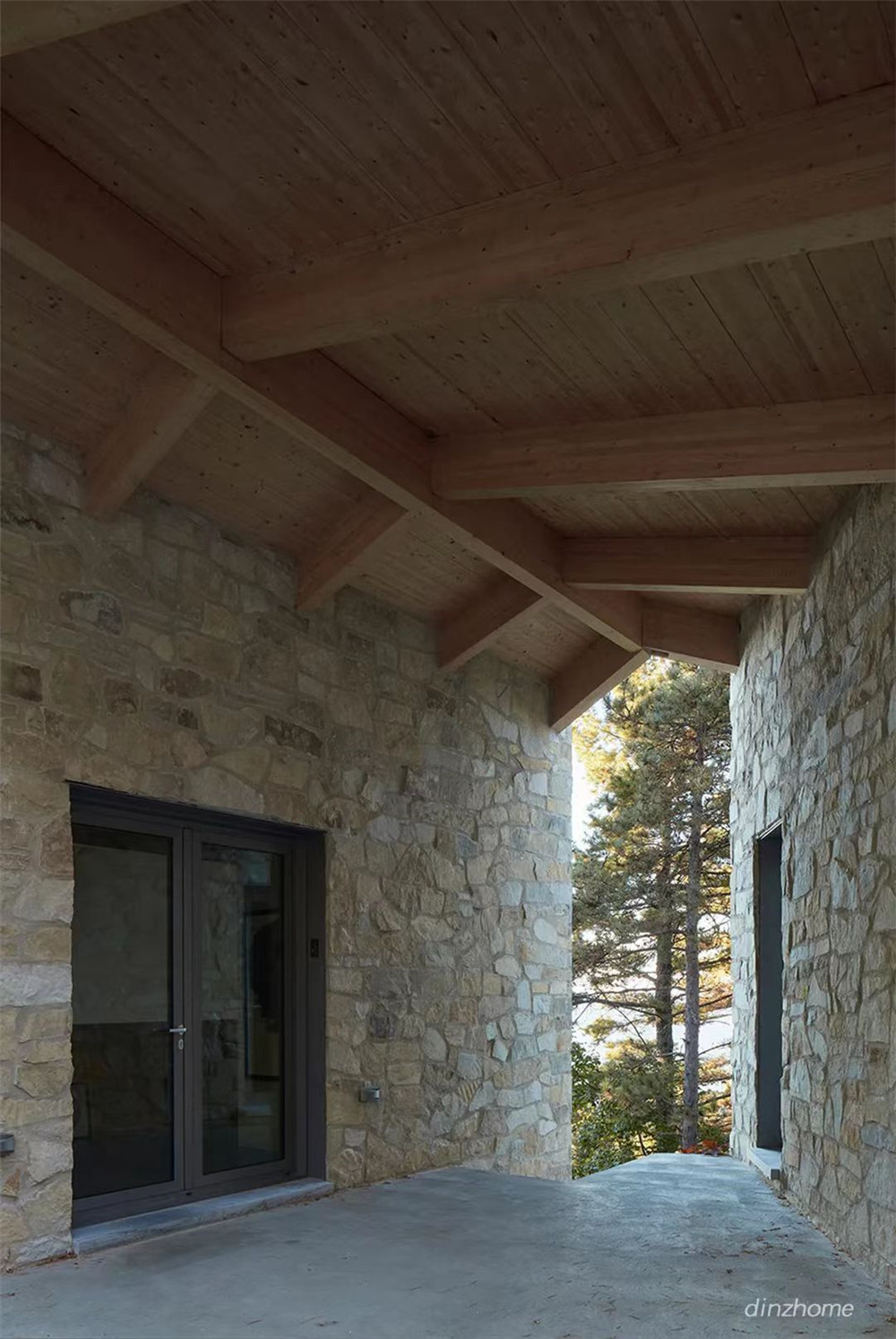Introduction
Cottage cultured stone has become a popular choice for homeowners and builders looking to enhance the aesthetic appeal and durability of their properties. This versatile building material offers the look and feel of natural stone while providing numerous benefits in terms of cost, maintenance, and installation. In this comprehensive guide, we will explore the origins of cottage cultured stone, its manufacturing process, applications in residential and commercial settings, benefits, and maintenance tips. By the end of this article, you will have a thorough understanding of why cottage cultured stone is a top choice for adding charm and sophistication to any structure.
Origins of Cottage Cultured Stone
Cottage cultured stone, also known as manufactured stone veneer or faux stone, has its roots in the early 20th century when it was first introduced as an alternative to natural stone. The initial purpose of creating cultured stone was to replicate the look of natural stone at a fraction of the cost. Over the years, advancements in technology and manufacturing processes have led to the development of high-quality cottage cultured stone that closely mimics the appearance and texture of natural stone.
Manufacturing Process
The manufacturing process of cottage cultured stone involves a combination of cement, aggregates, and iron oxide pigments to create a moldable mixture that is poured into molds to form the desired shape and texture. Once the mixture has cured, the stone veneers are removed from the molds and undergo finishing processes to achieve a realistic appearance. These finishing techniques may include hand-painting, staining, or sandblasting to enhance the natural look of the stone.

Applications in Residential Settings
Cottage cultured stone is a versatile building material that can be used in various applications within residential settings. One of the most common uses of cultured stone is for exterior cladding, where it can be installed on the façade of a house to create a charming and rustic look. Additionally, cottage cultured stone can be used for interior accent walls, fireplace surrounds, kitchen backsplashes, and even outdoor living spaces such as patios and fire pits. The versatility of cultured stone allows homeowners to incorporate it into different areas of their homes to add character and visual interest.
Applications in Commercial Settings
In addition to residential applications, cottage cultured stone is also widely used in commercial settings to enhance the aesthetic appeal of buildings. From retail stores and restaurants to office buildings and hotels, cultured stone can be found adorning the exteriors and interiors of various commercial properties. The ability to customize the color, texture, and shape of cultured stone makes it a popular choice for architects and designers looking to create a unique and visually appealing environment for their clients.
Benefits of Cottage Cultured Stone
There are numerous benefits to choosing cottage cultured stone for your next building project. Some of the key advantages of cultured stone include:
1. Cost-Effective: Cottage cultured stone is an affordable alternative to natural stone, allowing homeowners and builders to achieve the look of real stone at a fraction of the cost.
2. Lightweight: Cultured stone is significantly lighter than natural stone, making it easier to transport, handle, and install. This can result in cost savings on labor and equipment.
3. Easy Installation: Cottage cultured stone is designed to be easy to install, whether you are a professional contractor or a DIY enthusiast. With proper preparation and the right tools, you can quickly and efficiently install cultured stone on various surfaces.
4. Versatility: Cultured stone comes in a wide range of colors, textures, and shapes, allowing for endless design possibilities. Whether you prefer a classic stacked stone look or a more modern ledge stone style, there is a cultured stone option to suit your aesthetic preferences.
5. Durability: Cottage cultured stone is durable and long-lasting, providing excellent resistance to weathering, fading, and chipping. With proper maintenance, cultured stone can retain its beauty and structural integrity for many years.
Maintenance Tips
To ensure the longevity and beauty of your cottage cultured stone, it is essential to follow proper maintenance practices. Here are some tips to help you care for your cultured stone:
1. Regular Cleaning: Periodically clean your cultured stone surfaces using a mild detergent and water solution to remove dirt, dust, and debris. Avoid using harsh chemicals or abrasive cleaners that could damage the stone.
2. Sealing: Consider applying a sealant to your cultured stone to protect it from moisture, stains, and UV exposure. The sealant will help maintain the color and texture of the stone while enhancing its durability.
3. Inspect for Damage: Regularly inspect your cultured stone for any signs of damage, such as cracks, chips, or discoloration. Promptly address any issues to prevent further deterioration and maintain the integrity of the stone.
4. Avoid Pressure Washing: While it may be tempting to use a pressure washer to clean your cultured stone, this can actually cause damage by eroding the surface and loosening the mortar joints. Stick to gentle cleaning methods to preserve the appearance of your stone.
5. Professional Maintenance: If you are unsure how to properly care for your cultured stone or if you notice significant damage, consider consulting a professional stone mason or contractor for maintenance advice and services.
Conclusion
Cottage cultured stone offers a beautiful and durable alternative to natural stone for homeowners and builders seeking to enhance the aesthetic appeal of their properties. With its cost-effective pricing, easy installation, versatility, and low maintenance requirements, cultured stone has become a popular choice for both residential and commercial applications. By understanding the origins, manufacturing process, applications, benefits, and maintenance tips of cottage cultured stone, you can make an informed decision when incorporating this versatile building material into your next project. Whether Chevron mosaic tile for trendy interiors are looking to create a cozy cottage feel or a modern architectural statement, cultured stone can help you achieve your design goals with style and sophistication.
